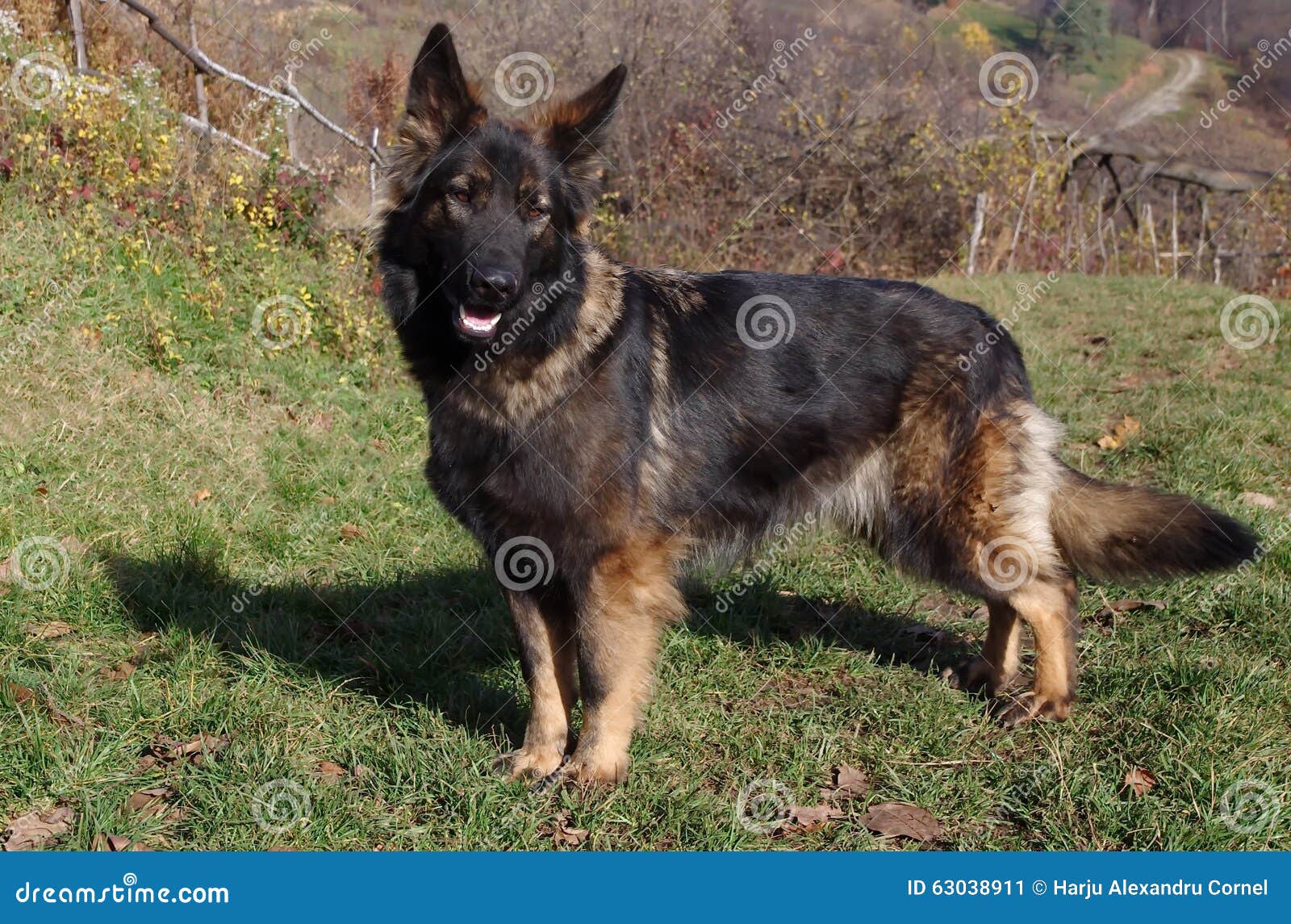

A well-trained German Shepherd will move the livestock, and act as a simple look-out. German Shepherds are common working dogs, and one job they’re often used for is herding livestock (the clue is in the name). If there are wolves in your area, it’s important to be aware of the threat they pose. However, it doesn’t take a great deal of wolves to cause a significant amount of damage. North America only has 18,000 wolves left in the wild, and most of them live in Alaska. When to be on guard for a wolf attacking a German Shepherdįor many of us, wolves present little threat in our daily lives. However, up against the power and force of a wolf, they stand little chance. If a wolf attacked a German Shepherd, the dog would do what it can to protect its own perceived pack. The German Shepherd does have a similar loyalty, which is why they’re often chosen for guard dogs. Instead, they’ll be motivated by the instinctive determination to protect the pack. A wolf is unlikely to attack the dog as a food source. The pack also explains the powerful motivation behind a potential attack on a German Shepherd. If a German Shepherd has only the tiniest chance of beating a single wolf, they have almost no chance of beating a pack. That pack will work together if they think there’s a threat.

While the image of the lone wolf is widespread, the reality is that most wolves travel in packs. This leads us to one of the major dangers of wolf attacks: the pack. The wolf takes this as a threat, and is compelled to attack. However, a wolf may feel provoked because a dog encroached on its territory accidentally. It’s unlikely for a wolf to attack a dog unprovoked. The wolf is also ruthlessly persistent, and can track its prey for hours at a steady speed. This actually makes them some of the fastest dogs around, but still not enough to outrun a wolf.

German Shepherds are a little slower, reaching a top speed of 30 mph.
#German shepherd wolf full
At full power, a wolf can reach a speed of around 36-38 mph. Wolves prefer to stalk their prey, before using a short burst of speed. Speedīoth the German Shepherd and the wolf are quick animals, but neither of them are really known for their speed. A wolf only needs to exert some pressure from its powerful jaws to cause serious injury to a German Shepherd. The bite of a German Shepherd could hurt a wolf, but it would need to get in quite a few bites before any real damage is done. Undoubtedly, if a wolf were to attack a German Shepherd, it would use every bit of power it could. However, when provoked, the wolf can have a bite of up to 1200 PSI. The German Shepherd bite is impressive, but the wolf far outranks it. The American Bulldog, Leonberger, English Mastiff, and Kangal are just some breeds with an even stronger jaw. German Shepherds have one of the most powerful bites of any dog, although a few outrank it. At 238 pounds per square inch (PSI), that’s almost twice that of a human. German Shepherds have a powerful bite, and one you certainly wouldn’t want to be on the wrong end of. Although German Shepherds have a voracious prey drive, it isn’t as necessary or as well-honed as that of a wolf. Conversely, wolves will be hunting from a young age. Even working German Shepherds are unlikely to need to hunt for their food. While some German Shepherds have experience in hunting, they’re mostly pets. German Shepherds have been domesticated, and any good owner will have trained and socialized their dog from a young age. A wolf, on the other hand, is 80-85 cm tall, and can weigh between 66 and 176 pounds. The average fully grown male German Shepherd is 60 – 65 cm, and 48 – 88 pounds. Although German Shepherds are large dogs, they’re nowhere near the size of wolves. A wolf is the stronger animal, and has numerous advantages.įor a start, there’s quite a size difference. But could a German Shepherd ever take down a wolf? Can a German Shepherd Beat a Wolf?Ī German Shepherd cannot beat a wolf. If you’ve ever seen a German Shepherd working as a police dog, or watching over livestock, it isn’t difficult to see they retain close ties to their wolf ancestors. However, there are still many working dogs. Nowadays, dogs are primarily seen as companions. Wolves remain wild animals, and are considerably dangerous. And this stands for temperament, as well as appearance. While dogs were originally bred from domesticated wolves, enough history has passed for them to be a distinctly different species. German Shepherds fall onto the wolf end of the spectrum, with their sharp eyes, long muzzles, and upright ears. Other breeds, you’d hardly imagine there’s any wolf at all. With some dogs, it’s incredibly easy to see the wolf ancestry.


 0 kommentar(er)
0 kommentar(er)
